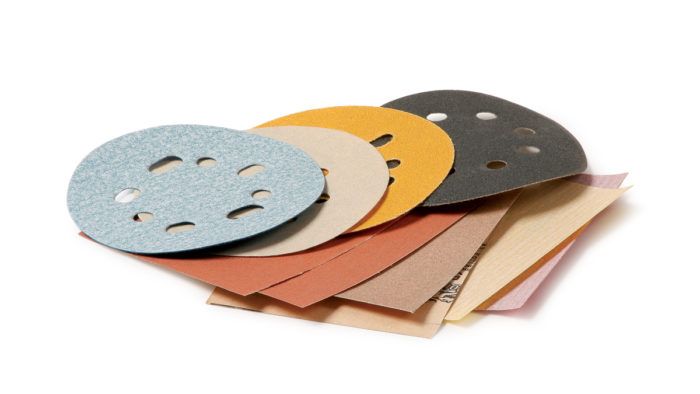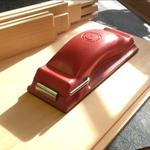All About Sandpaper
Watch how it's made—and discover the best abrasive for each job.

Synopsis: Learn how today’s sandpaper is made, and why different types of abrasives work best on different surfaces. Then take a tour of a sandpaper factory. We may never convince you to like sanding, but you will gain a new respect for this disposable yet indispensable tool.
When sanding is mentioned, most woodworkers groan. But sandpaper achieves results that no other tool can match. whether it is taming wild grain without tearout, perfecting a curve, or getting a totally smooth surface prior to finishing, you’d be lost without sandpaper. And so would generations of woodworkers.
I’ll show you how today’s sandpaper can trace its ancestry back 800 years (below), tell you why different types of abrasives work best on different surfaces, and give you a tour of a sandpaper factory. I’ll never convince you to like sanding, but you will gain a new respect for this disposable yet indispensable tool.
Modern abrasives go back a century
In 1891, a scientist trying to make synthetic diamonds invented silicon carbide, and a few years later aluminum oxide, today’s other main abrasive grit, was invented. The growth in automobile manufacturing, with all those shiny painted surfaces, increased demand for sandpaper, but only dry-sanding could be done as the hide glue used to bind the abrasive to the backing was not water resistant. In 1921, 3M invented the first waterproof paper, and cut down on the problem of dust in factories.
Adhesives have continued to improve, and modern sanding products including sheets, disks, and belts use ureaformaldehyde and phenolic-resin glues. These are not only far more durable but also can withstand the heat generated by machine-sanding. However, you may still find a few sheets of sandpaper, particularly garnet, that are made with hide glue. Hold the paper close to your mouth and exhale on it. If it is hide glue, you’ll get a whiff of that distinctive animal smell.
Parchment is no longer used as a backing, but paper still is. It is mostly used for hand-sanding but today’s sheets can be treated for better water resistance and more flexibility.
Cloth backing is used for sanding products that need to be more durable but less flexible. Sanding belts are mostly cloth backed, as are disks for heavy, aggressive cutting. The cloth is cotton or polyester/cotton blends.
 From Fine Woodworking #228
From Fine Woodworking #228
For the full article, download the PDF below:
Fine Woodworking Recommended Products

Diablo ‘SandNet’ Sanding Discs

Mirka Abranet

Preppin' Weapon








Log in or create an account to post a comment.
Sign up Log in